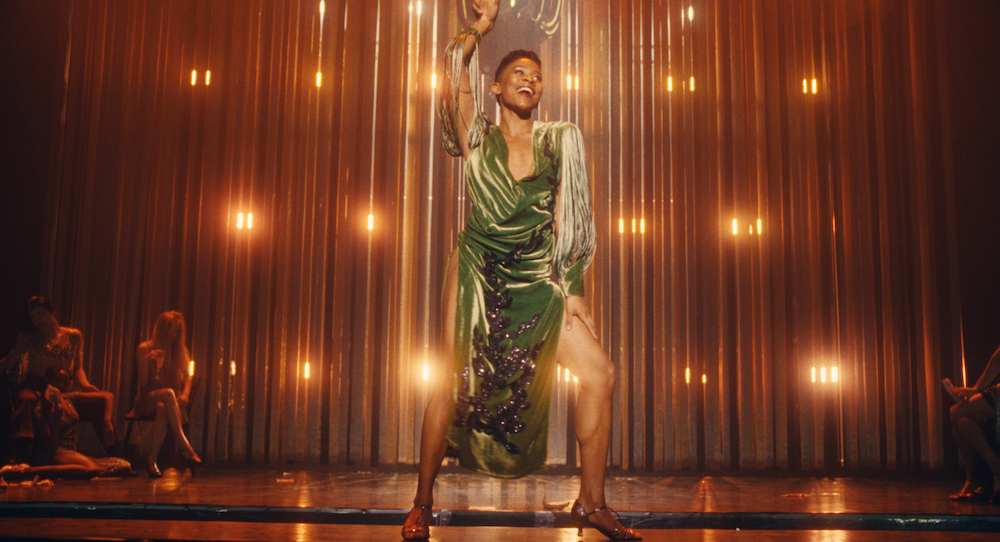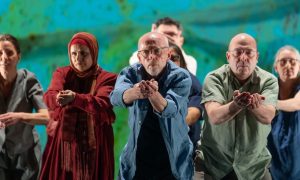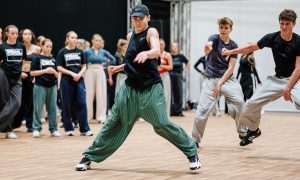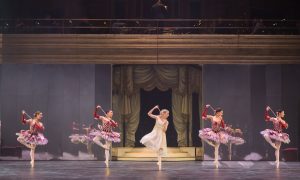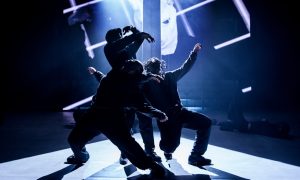Translating a hit television show to the stage, and then to film – not to mention adding dance into the mix; plunging into the depths of a rich and dynamic character, as a dancer; making a life and career with “home” a literal ocean away…none of those are easy things. Through her work as a company dancer with London-based Rambert and their dance film adaptation of the BBC’s Peaky Blinders (2013-2022), Naya Lovell is immersed in all three challenges – as only just the start of it all, really.
Lovell, hailing from Mount Vernon, NY (US) and Juilliard-trained, was building a budding career in New York, NY. Yet, she wanted to go further – and farther; she dreamt of dancing overseas. With Rambert hiring her on the spot at her audition, the path to making that dream her life was laid. In the company’s Peaky Blinders: The Redemption of Thomas Shelby, she portrays Grace Burgess — part paramour, part spy, full her own kind of warrior.
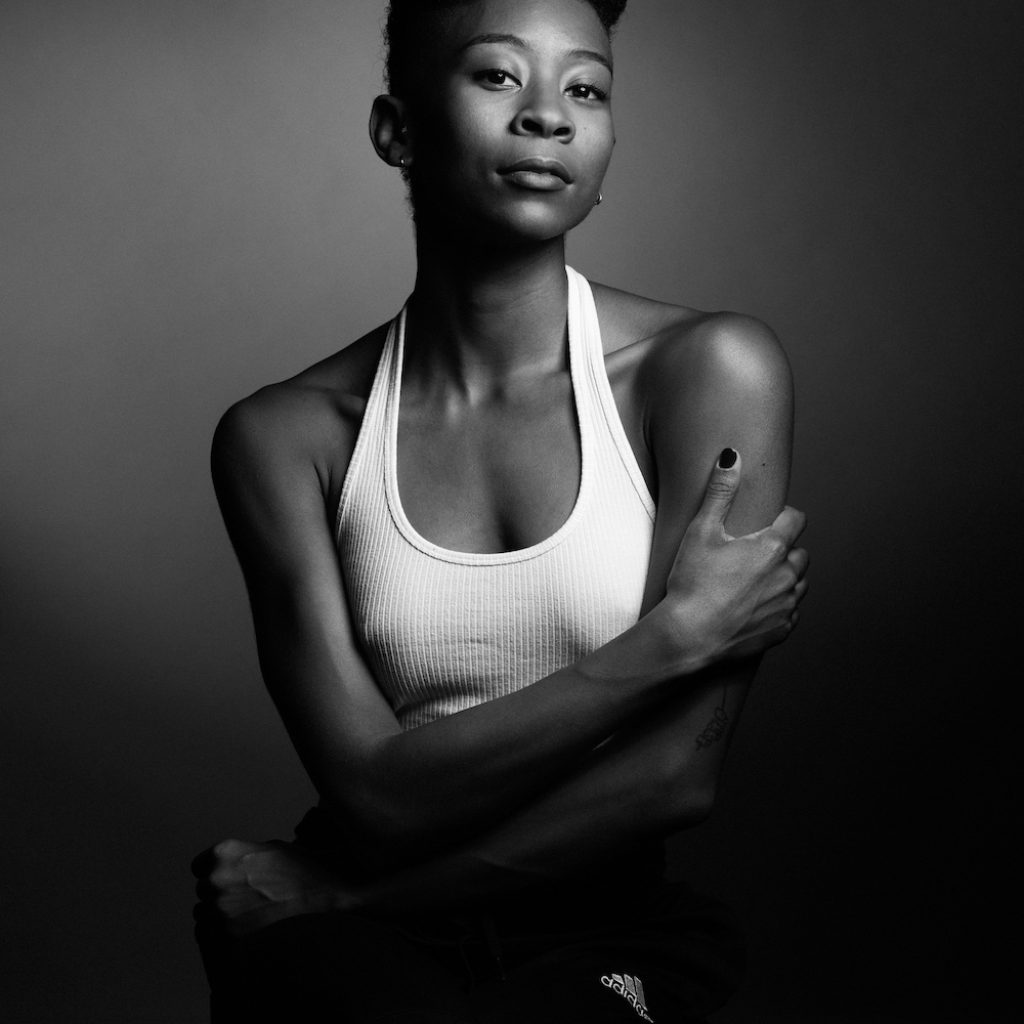
The story is set in post-World War I Birmingham, with characters building an illicit empire in the midst of war’s destruction. Loyalty, betrayal, love, lust and – as Lovell notes – a fight for survival…and much more…it’s all in there. Benoit Swan Pouffer, Rambert’s Artistic Director, serves as the project’s Director and Choreographer. Steven Knight, creator of the original series, wrote the show.
The programme toured stages across the UK in 2022-2023, and is now being adapted to film. It will return to stages across the UK, and also tour across Europe and internationally, in September 2024. Until then, the film will stream later this Spring for a limited period of time on Rambert Plus, Rambert’s online platform which includes free content, behind-the-scenes videos and an on-demand dance and fitness subscription program.
Lovell speaks poetically about how the story can resonate for us in 2024 (and beyond), what the process was like for her, what we might be able to expect from her next and more. Let’s hand her the mic!
Rambert’s Peaky Blinders: The Redemption of Thomas Shelby looks like such an exciting project! What have been some of your favourite parts of the process? What have been some challenges along the way, and how did the creative team address them?
“I think my favourite part of the process has to be how I invested in my character, Grace Burgess. I was very much encouraged to bring forth Naya’s take on who Grace is — using Grace’s qualities from the show and bridging that with my sass and strength, to empower my performance. Benoit [Swan Pouffer] really encouraged me to really make the role my own and to be myself.
I felt that through his approach – as well as through the coaching I got from the Acting Coach (Kim Pearce), and the Intimacy Coach (Yarit Dor) – I was able to dive deeper into who Grace is for me, and what she means in the show. That was very exciting, and definitely one of my favourite things about working on the production. I really enjoyed all of the ups and downs I was going through whilst playing Grace — falling in love with Tommy, and then betraying him, for example.
Grace is on a wild journey, so to be fully invested in her character was quite difficult at the beginning, to be honest – having to switch from being quite neutral, then deceiving and finally loving. I’m really grateful to my coaches who really pushed me and encouraged me to make that switch quite clear.
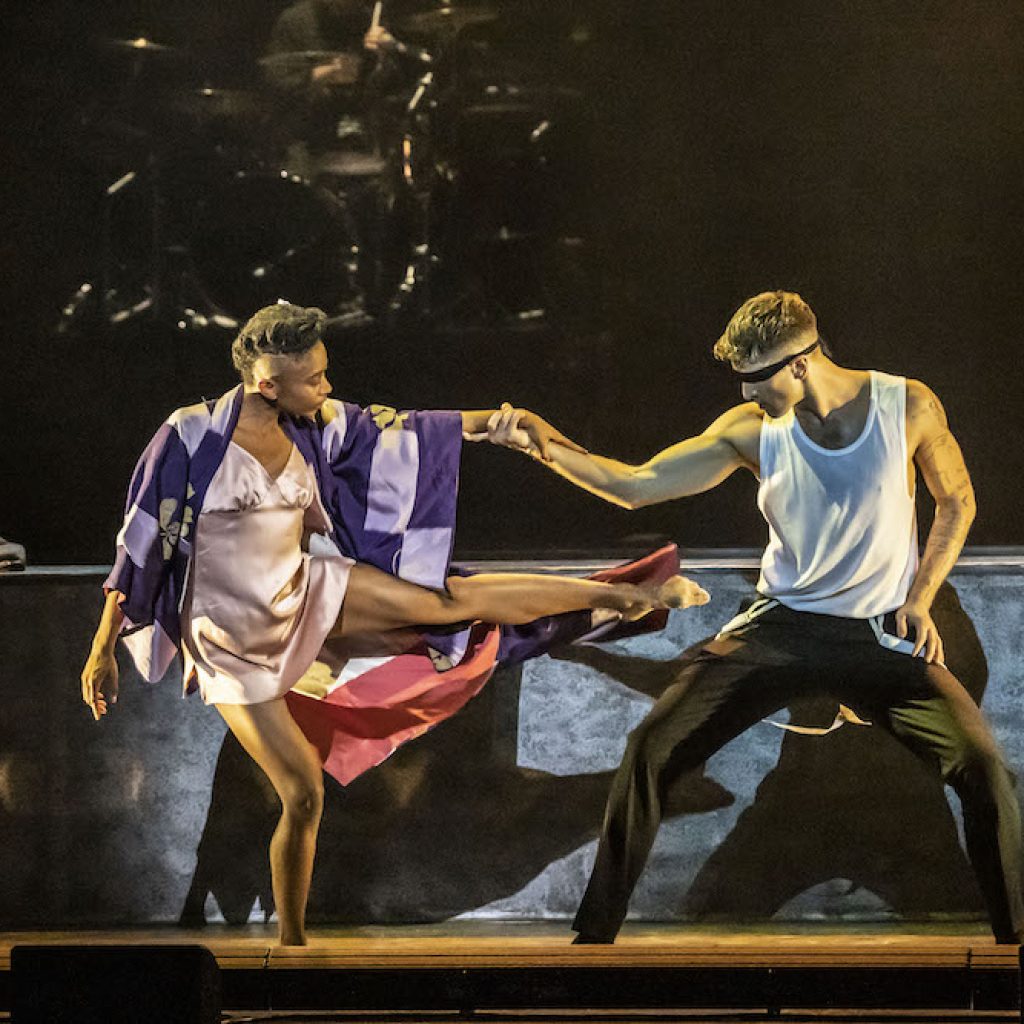
I also really enjoyed getting to see how the sets were coming to life, and how all the props were being used. Some of my favourite props are in the Smoking Dragons scene. There’s an opium den with beds that the dancers lie on. I remember, during the first rehearsal at Rambert, we had the beds in the studio – with lights on them. There’s also smoke emerging from the bed sheets as the dancers are covering themselves with the sheets. Seeing that scene come to life was visually really beautiful. I remember thinking, ‘Wow, this is going to look incredible.’ Because I’m not part of that scene, I was able to watch it every night!
Some of the challenges along the way: I played Grace but was also part of the ensemble. So when we change casts, we all get to do different roles – which is beautiful but also physically tiring. Maintaining my physical, mental and spiritual health throughout the tour was difficult at times. The way that I got through it was by really setting myself up for greatness every day — waking up in the morning and making sure I prepped myself to get through the show day, and show week, knowing the different characters that I had to play.
In order for me to do that, the most important thing was to really hone in on myself and my own performance. I think that the creative team was also really great at handling cast changes – just really quick on their feet to rejig sections of the show if we had cast changes or dancers that were off.”
What do you think that adding more dance to this story has contributed to the original source material?
“My mom and my uncle came all the way from New York to London to see the show. I remember my mom saying how much she enjoyed being able to see every dancer during the show, and how everyone was highlighted beautifully. She hadn’t watched the Peaky Blinders series, but she still felt that she could connect to different stories that were happening at various times on stage. She was also able to sense the ‘throughline’ in those stories, and it was clear to her what the overarching story was.
Personally, I believe that adding dance to this story has shown a different way that it can be told – through Benoit’s direction and choreography, and having the Rambert dancers interpret that according to their individual characters.”
Historical adaptations can often be most compelling and thought-provoking for what they can illuminate about today’s world. What do you think that this one has to tell us about our current world, and how we move forward into the future?
“What sticks out to me is the word ‘gang’. The five Peaky Blinders were part of a gang. They robbed and they hurt people. For some people, they can also be seen as protectors, protectors in their community. When I think of the word gang, I think of survival and of poverty. I think people will most likely go to any extent to protect themselves and their families. I relate that to where I come from.
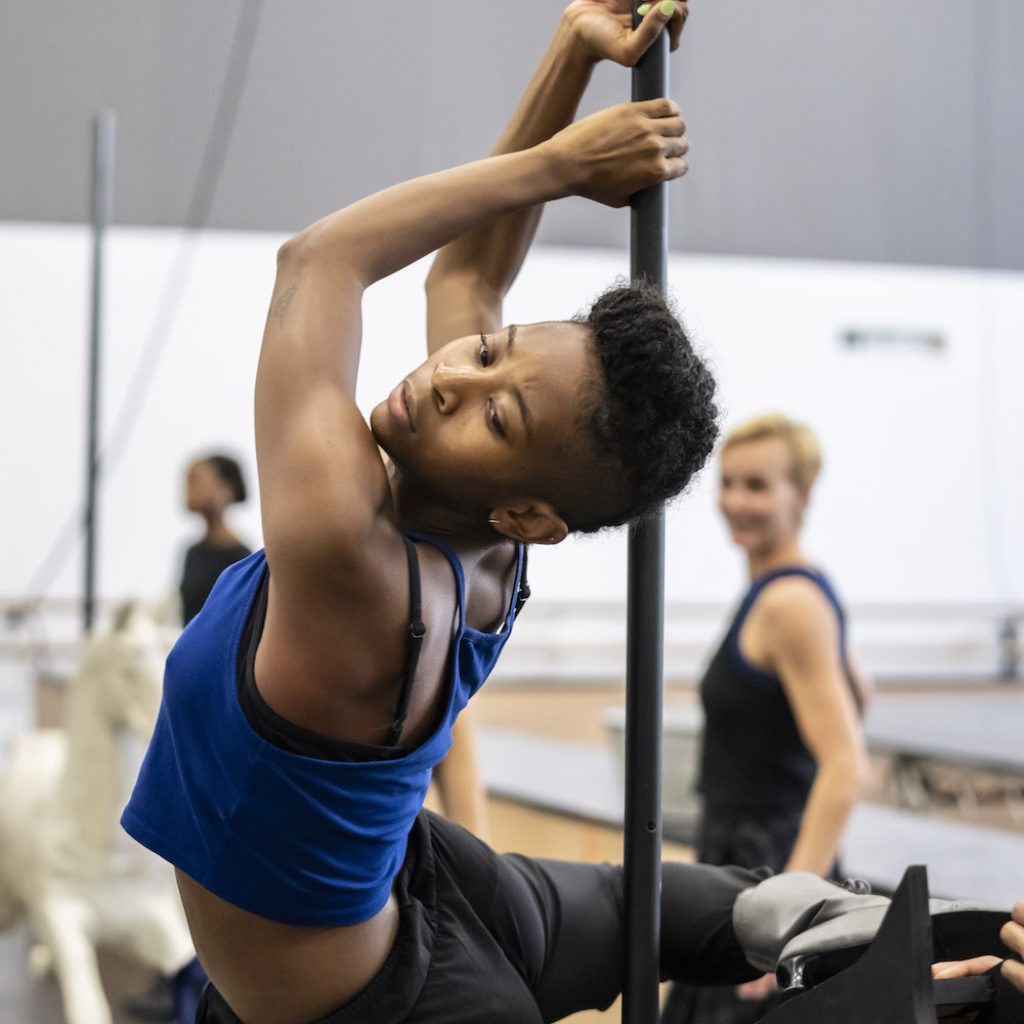
I’m a Black American woman from Mount Vernon, a small city in New York, and I have seen that dynamic in my community, when I was growing up. This is a way of life and a way of survival. Sometimes, going to the streets might be something that you see and think of as a way to get money – so then maybe you go that route. It can indeed be a survival method.
I’m going off of the topic a little bit here, but I think that’s why I am so grateful to have had my family’s support – and to be guided in a direction where I’m able to live in a different country and able to break barriers, those that I honestly couldn’t see myself breaking five years ago. To be able to speak about all of that now, openly, because of things I have seen in my community, is a privilege.
All in all, I can see how the gang culture of the Peaky Blinders can become a thing, a way of living – and how it can become almost comfortable for those living it.”
From NYC to London, you’re making your mark on both sides of the proverbial pond! What’s it been like to make that shift from the US to the UK? How might you advise other dancers taking that kind of leap (no pun intended!)?
“For me, making that shift hasn’t been a linear journey. I studied at The Juilliard School in New York City, and then auditioned for Rambert, one of the leading companies here in the UK – in 2019, right before Covid. Booking the job at the audition was mind-blowing. I was really excited to start my professional dance career overseas in London. I felt it was necessary for me to make that shift.
I’m the type of person who, when I see something for myself, I really go for it. I always trust my gut, and trust what I want, especially when it comes to who I am as an individual and as an artist. I will fight for whatever that is.
Sometimes I don’t know how I’m going to get there. But I knew that as long as I continued to work hard, and to keep that goal of dancing overseas, I would get there. And now I’m like, ‘Oh wow, it’s actually here.’ It’s been amazing. I’ve learnt so much about myself. I’m so grateful that I have this fuel inside of me that has kept me going on my journey here.
I’m a family-oriented person, and it was hard for me to leave my family. But I also knew that, for my career, I would need to be far from them. This is my fourth season with Rambert. The journey hasn’t always been easy, but I’m on it – and I’m proud of myself. I embrace all of the obstacles and all of the challenges, because they’ve made me stronger.
I’m more independent because I’m away from my family, and my love for them has actually grown stronger. I’m doing this for myself but also for my family. They’re the people who keep me going. They have always been supportive of me and my journey. I couldn’t have done this without hard work, dedication, and my family’s support.
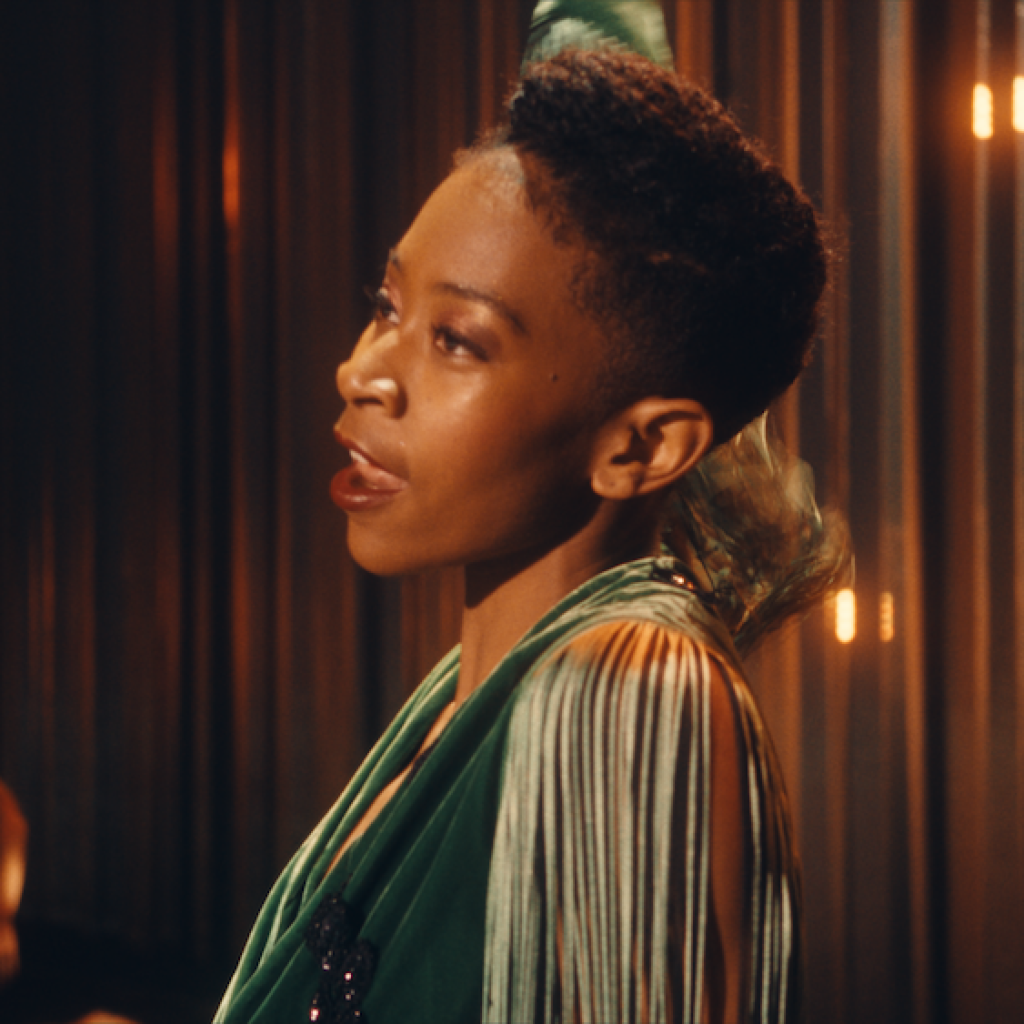
My advice to other dancers who want to take that leap is to just go for it. If you know in your heart, in your spirit, that you want something, then you have to go for it. I think for dancers – for all artists – taking a leap and taking risks is necessary for creativity. So, I would encourage any dancer, any artist, any person who is looking to hone in on their skills, on their artistry, on any other passion to take that leap, don’t limit yourself, and get out of your comfort zone.
If you have a place that you call home, you know that you can always go back there – for the most part, I hope. So, yes, I think it’s absolutely necessary to take that leap – to just go for it.”
What can you tell us about what’s next for you? Any exciting projects or visions on the horizon, alongside your work at Rambert?
“I’d like to focus on choreography. I love all of the ideas that have been popping up in my head, especially in the past year. I see choreography as a tool on my journey, to help me understand what things I’ve encountered, in the past year in particular. I also love poetry, I love music, and I love to sing.
I’m working on a side solo project for myself where I can fuse all of these interests together – working with my partner, a jazz musician working in NYC, who will contribute the music for this project. I’m also creating music with a fellow Rambert dancer, Dylan Tedaldi, who sings as well. Stay tuned!”
Learn more about Peaky Blinders: The Redemption of Thomas Shelby here, and visit Rambert Plus to watch the film. Go here for more on Rambert, and you can follow Rambert on Instagram: @rambertdance.
By Kathryn Boland of Dance Informa.


